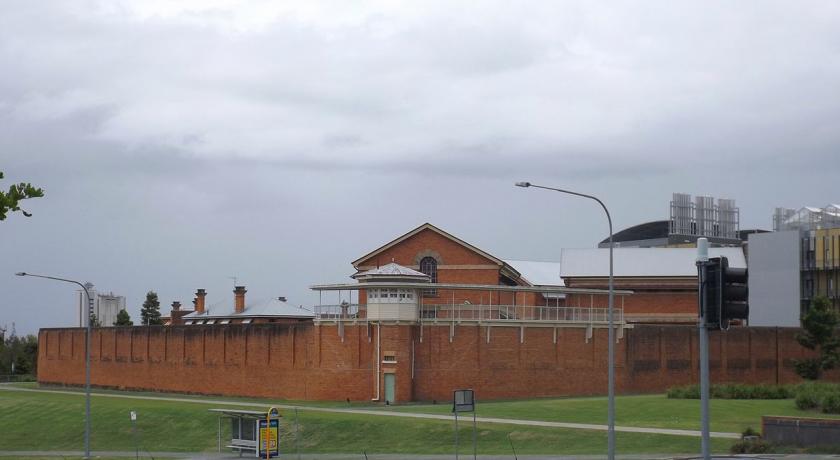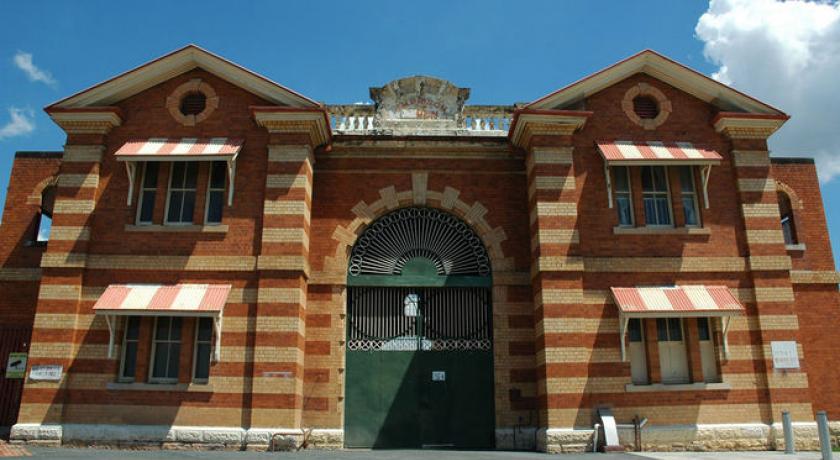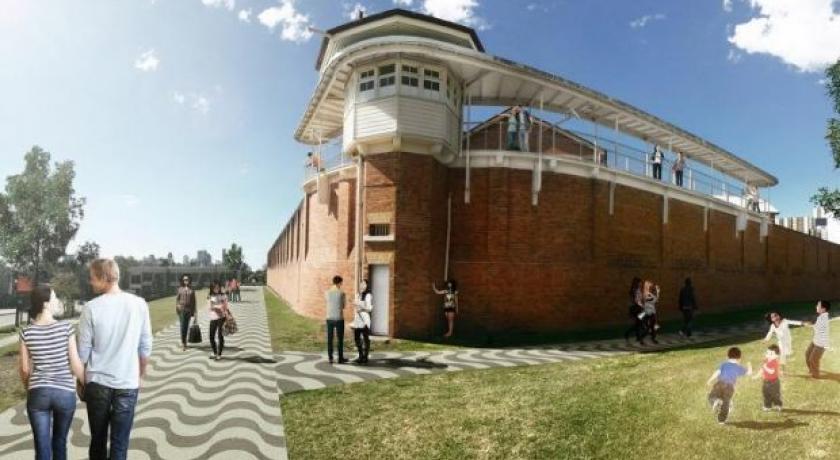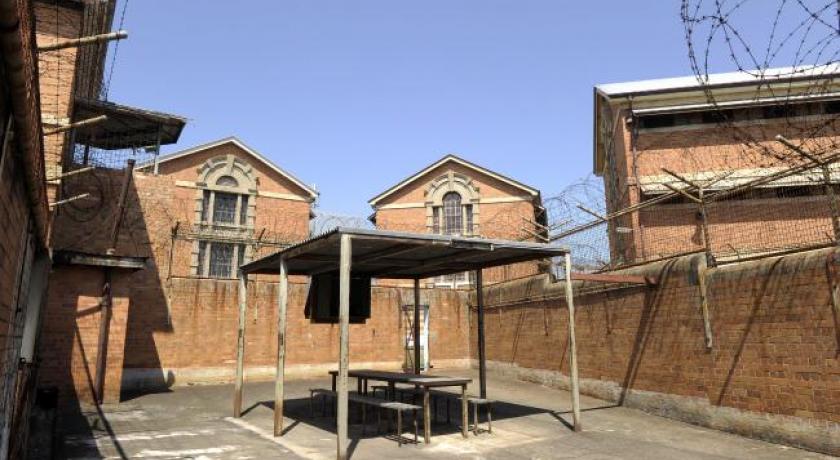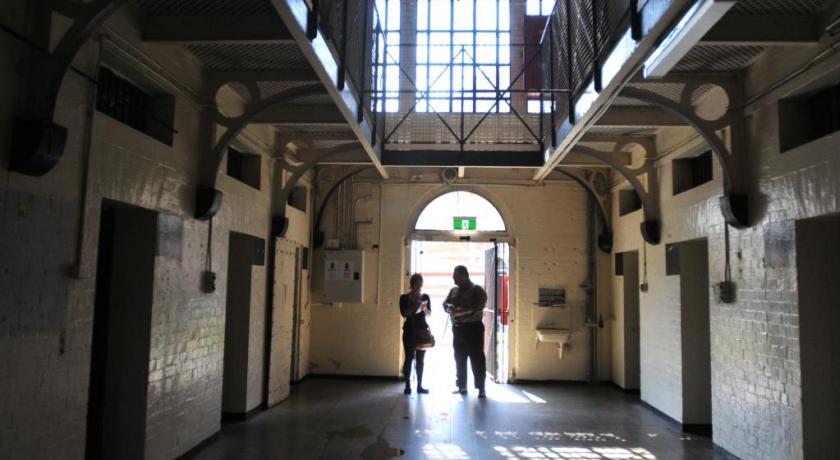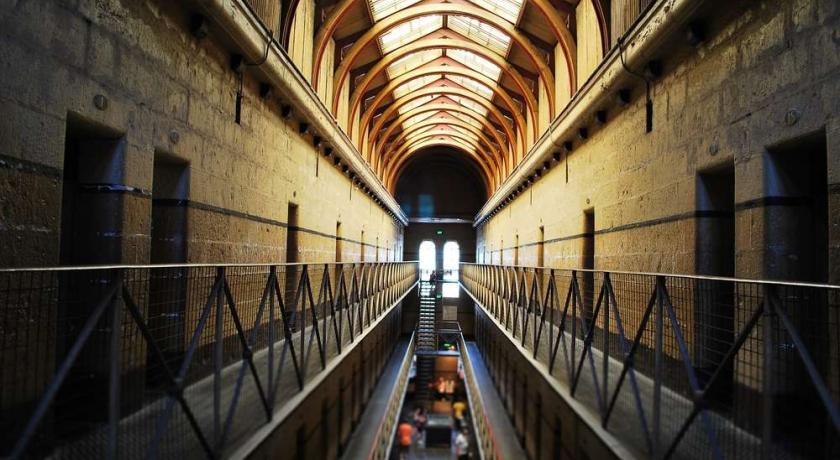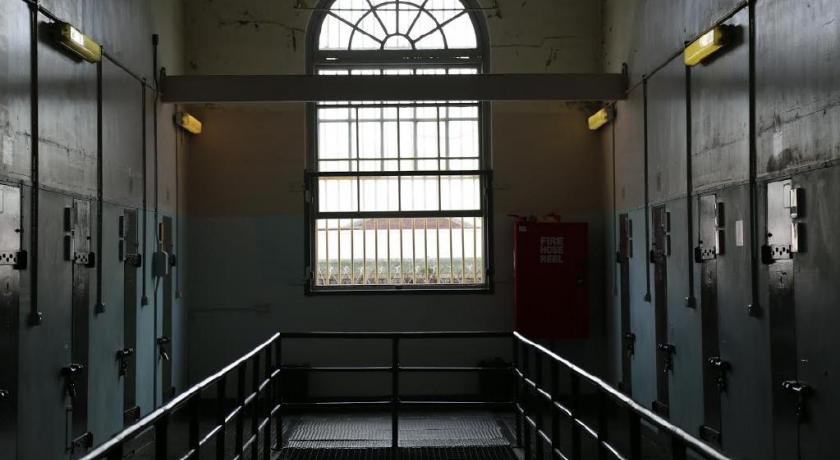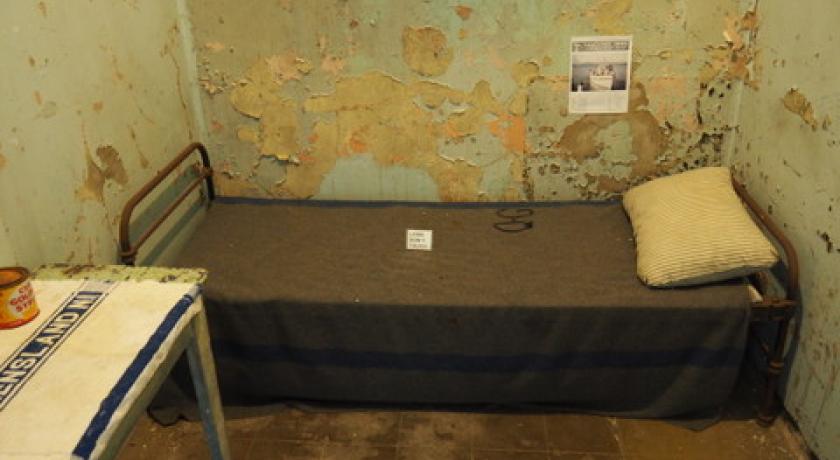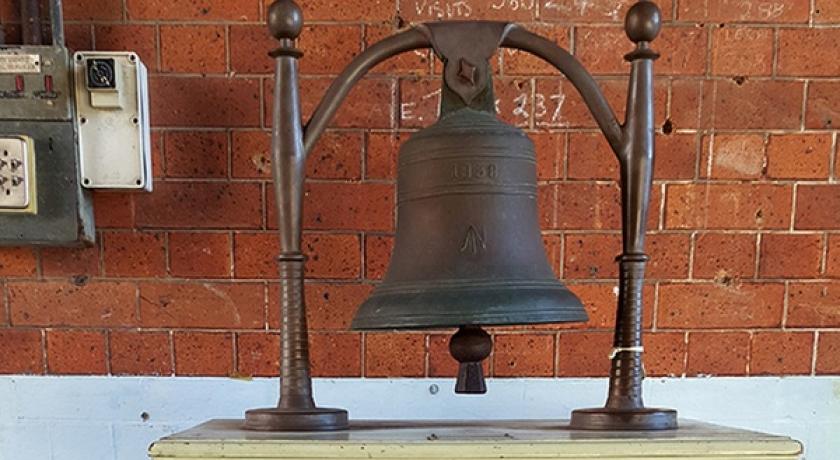Description
Boggo Road Gaol (alternative and older spelling "Bogga") was a notorious and heritage-listed, Australian prison located on Annerley Road in Dutton Park, an inner southern suburb of Brisbane, Queensland, Australia. The site is the only surviving intact gaol in Queensland that reflects penological principles of the 19th century. For many years it was Queensland's main prison. Today, the prison is open for the public to visit through guided historical tours run by Boggo Road Gaol Pty.
It was officially known as "Brisbane Gaol" but was commonly known as "Boggo Road Gaol" because Annerley Road became known as "Boggo Road" due to its poor condition, after originally being named "Bolgo Road". Boggo Road was originally an unofficial and unmaintained short-cut between Ipswich Road and Stanley Street that became very boggy after rain.
History
In 1863, land off Boggo Road was surveyed and set aside as a government reserve before being proclaimed a gaol reserve in 1880. The first cellblock opened on 2 July 1883, and over the years many other buildings came and went on the site. The first buildings were built by Robert Porter, contained 57 cells and were constructed using materials from the demolished Petrie Terrace Jail. In 1903 a prison was built to hold female prisoners. This later became known as the No.2 Division, and is now the only prison building still standing. It is heritage-listed. The 'No.1 Division' built in 1883 was the scene of 42 hangings, including the hanging of Ernest Austin in 1913—the last execution in Queensland. A new prison was built around the perimeter of No.1 prison during the 1960s and No.1 prison was demolished leaving area for an oval and recreational facilities for the newly built prison and this prison had running cold water and toilet facilities in all cells. Under the oval was the facility that became known as the "black hole" where prisoners were subjected to "punishment". The "black hole" continued in use until the late '80s.
Protests at the gaol during the 1970s saw inmates undertake hunger strikes, roof-top protests, and rioting over the poor conditions and treatment. The prison was constantly in the headlines and became notorious around Australia. Cells did not have any form of sanitation, and facilities for washing were lacking. Prisoners were required to use a bucket through the evening for toilet breaks and empty it, or 'slop out', in the morning. A Queensland Government inquiry into the living conditions of State prisons found Boggo Road to be outdated and inadequate for prisoners' needs. No. 2 Division was closed in 1989. No. 1 division was closed in 1992 and was demolished in 1996 (a small section of what was "C5" and guard tower still remain). A modern (by 1960's standards) prison for women operated adjacent to this site until 2000 and was demolished in 2006.
Since 1992 the No. 2 Division was home to the Boggo Road Gaol Museum, which featured displays of prison-related artefacts. Throughout the 1990s ex-officers conducted guided tours of the site, and from 2003 the museum and tours were operated by the Boggo Road Gaol Historical Society, a non-profit incorporated association of volunteers. Since December 2012, Boggo Road Gaol became a tourist attraction for Queensland, with guided tours being conducted by Boggo Road Gaol Pty, who are now officially licensed to run tours and events at the gaol. Like many other similar places around the country, the site also hosts guided ghost tours.
Redevelopment of the surrounding site began in 2006, leading to the temporary closure of the Boggo Road Gaol historical site. The No.2 Division prison buildings will be preserved according to its heritage listing. Since 2012 the gaol has been re-opened to the public. Boggo Road has since been turned into an urban village called Boggo Road Urban Village and was completed in 2010.
The gaol was originally designed to cater for 40 male prisoners serving as a holding place for prisoners heading to St Helena Island in Moreton Bay. However, by 1989 there were 187 male prisoners and the women's facility had around 200 additional prisoners.
Heritage listing
The No. 2 Division and the remnants of No. 1 Division were listed on the Queensland Heritage Register in 1993.
Notable prisoners
- Hon. Gordon Brown – a former President of the Australian Senate
- James Finch and Andrew Stuart – the "Whiskey Au-Go-Go" murderers
- Nathan Jones – actor and professional wrestler
- Debbie Kilroy – prisoner rights activist, founder of Sisters Inside
- Patrick Kenniff – also known as Queensland's last bushranger
- Michael Peterson – Australian surfing legend
- Wayne Michael Ryan – convicted multiple bank robber who escaped Boggo Road Gaol twice (1988 and 1989)
- Ellen Thompson – the only woman hanged in Queensland
Executions
42 prisoners have been hanged at the Gaol.
Popular culture
Boggo Road is mentioned in the Australian soap opera Prisoner as the prison where Joan Ferguson worked prior to coming to Melbourne. It was also visited in the season final of The Amazing Race Australia 2.
Source: https://en.wikipedia.org/wiki/Boggo_Road_Gaol
Address
Brisbane
Australië
Lat: -27.495130539 - Lng: 153.028869629


